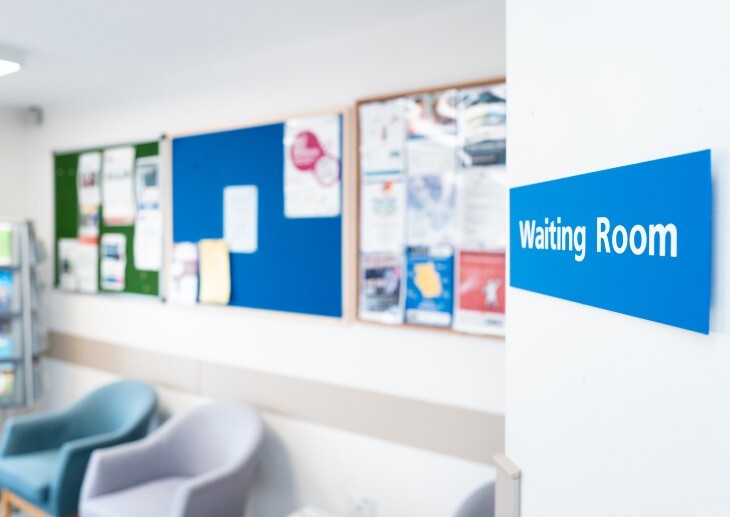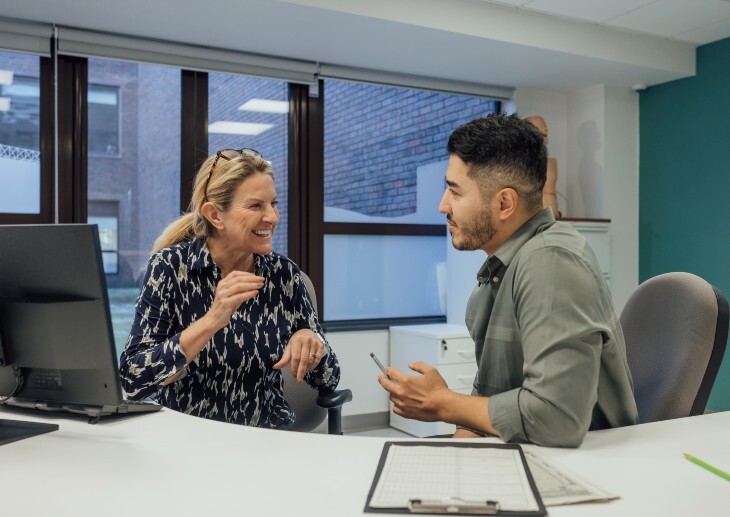NHS England has created a way to go paper free that will help primary care join up health and social services safely and effectively
NHS England has created a way to go paper free that will help primary care join up health and social services safely and effectively
The publication of last year’s Five Year Forward View (FYFV) laid out a bold vision for the future of NHS services that necessitates harnessing the transformative powers of data and technology. This ambition was elaborated further by the National Information Board (NIB), an overarching co-ordinating body that harnesses the energies among others of NHS England, Department of Health, Health and Social Care Information Centre, Care Quality Commission, clinical leaders, the charitable and voluntary sector and civil society. Their framework for action, Personalised Health and Care 2020 (PHC2020) document articulates why, when and by whom the ambitions of the FYFV would be realised, adding a government commitment that “all patient and care records will be digital, interoperable and real-time by 2020”. Welcomed as a comprehensive ambition that would empower patient involvement in their care while aligning and connecting services to deliver better outcomes, the only question remaining was ‘how?’ And that’s where local digital roadmaps come in.
Recognising the variety of local starting points and the increased requirement for local leaders across the health and social care system to take a firm grip on delivering this agenda the NIB’s framework for action requires clinical commissioning groups (CCGs), in collaboration with their local authority and provider partners to outline the steps they plan to take, alone, or with neighbouring CCGs, to deliver on these commitments. These plans have been labelled local digital roadmaps.
Joining health and social care
Moving away from paper-based records and processes is not just about meeting targets, saving trees or cutting costs. Digital records open up a world in which health and social care services become joined up, sustainable and safer, in which care providers have up-to-the-minute information and the clinical-decision tools to support and improve the quality of care they deliver. It means patients, through being able to view and contribute to their own records, become better informed and proactive in managing their health and care, monitoring their conditions and altering their lifestyles, diet and exercise regimes accordingly.
With their budgetary responsibility for general practice IT and as commissioners of secondary care, CCGs are the appropriate system leaders to co-ordinate this digital transformation at a local level while aligning to national strategies. In addition to co-ordinating the development of roadmaps they will work with their providers to ensure that those providers complete an online self-assessment tool, baselining and benchmarking their current level of digital maturity. Providers and CCGs will be enabled to mark their progress towards meeting “paper free clinical processes at the point of care to support delivery transformation, care service automation, and help achieve interoperability and information sharing between health and social care providers (as outlined by the NIB)”. 1
Using this knowledge and armed with these tools, CCGs will be empowered and able to identify where investment, resource and infrastructure is needed, and which steps need to be taken by their local health and care economies to make viable progress towards achieving the targets and commitments set out in the FYFV and PHC2020. The role of local digital roadmaps is to illustrate when and how local areas will take these steps. Guidance on how to plot these roadmaps was made available in early September. 2
The roadmap
The most urgent action and decision to be taken by CCGs is on creating a footprint, the basis upon which they will create the roadmap – committing to identify their key partners and collaborators in this endeavour. CCGs have been given the choice to produce a local digital roadmap alone, or as part of a cluster of multiple areas. On the basis of existing or earlier collaborative efforts to create interoperable digital care records, or due to a positive history of partnering for strategic planning and delivery purposes, CCGs may decide to combine their resources and work together. In either case, each CCG is expected to confirm the geographical area to be covered by its roadmap, or local ‘footprint’, by the end of this October. Whatever footprint they select effective governance to assure delivery is essential.
By creating a roadmap that focuses solely on needs of a local area or ‘footprint’, digitally advanced areas should benefit from improved recognition of their efforts. Those stalled and struggling in their progress towards going digital, will have the benefit of clear examples of best practice and additional support to help them realise their goals. This is the perfect opportunity for CCGs and providers to shine a light on the individual obstacles they face, helping them to make a case for further investment and support on challenges such as interoperability, information governance and deployment/change management expertise.
Each local area will be responsible for confirming and meeting their own milestones towards being paper free at the point of care by 2020. CCGs and providers can plan to use whatever technologies they judge to be fit for purpose given their particular circumstances but these must be able to share information freely and comprehensively on the basis of common standards and open application programming interfaces (APIs). There will be opportunities to share the good practice already out there, and communicate current and future intentions to local stakeholders and inform local strategies. Following publication of the local roadmaps, citizens will be able to hold professionals to account, supporting transparency, openness and a shared vision in which professionals, patients and citizens all play an integral part.
The submission deadline for local digital roadmaps is April 2016, by which time many CCGs and providers will have had the opportunity to attend hosted webinars or facilitated workshops being organised by NHS England to support this initiative. Given the scale and range of its service provision, the manifold challenges it faces on a daily basis and the pressure to serve a growing, ageing population with changing expectations and needs, the NHS has taken up the gauntlet to deliver change enabled by digital technology. The strategy, grounded in local digital roadmaps, is simple: sustainable services delivered to consistent standards must be paper free.
Paul Rice, head of technology strategy in the digital health team, NHS England.
References
1 Naitonal Information Board. Personalised Health and Care 2020. Work Stream 2.1 Roadmap. 2015. gov.uk/government/uploads/system/uploads/attachment_data/file/442832/Work_Stream_2_1.pdf (accessed 22 September 2015).
2 NHS England, Care Quality Commission, Health Education England, Monitor, National Institute for Health and Care Excellence, NHS Trust Development authority and Public health England. The Forward View into Action: Paper-free at the Point of Care – Preparing to Develop Local Digital Roadmaps. 2015. england.nhs.uk/digitaltechnology/wp-content/uploads/sites/31/2015/09/digi-roadmaps-guid.pdf (accessed 22 September 2015).





